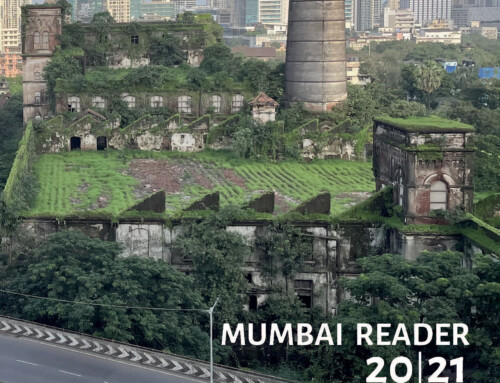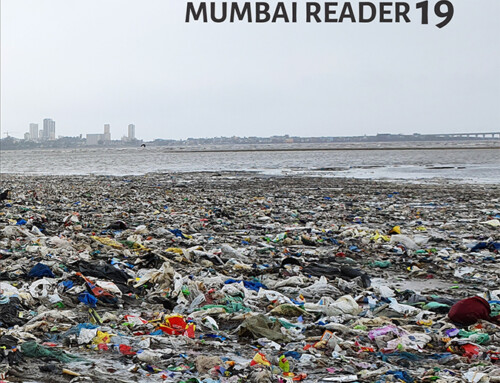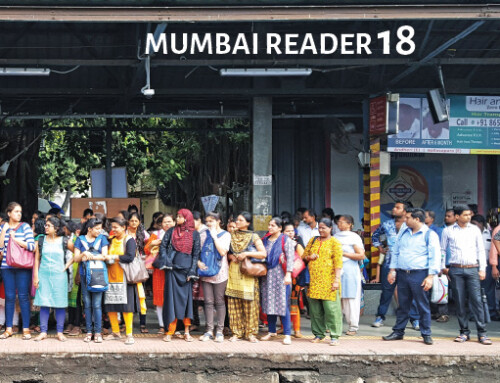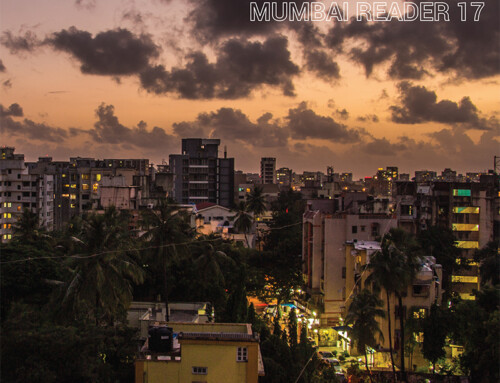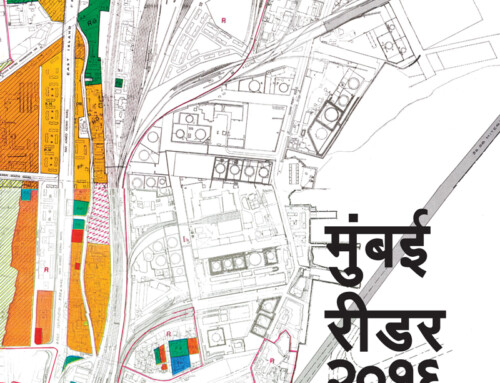Project Description
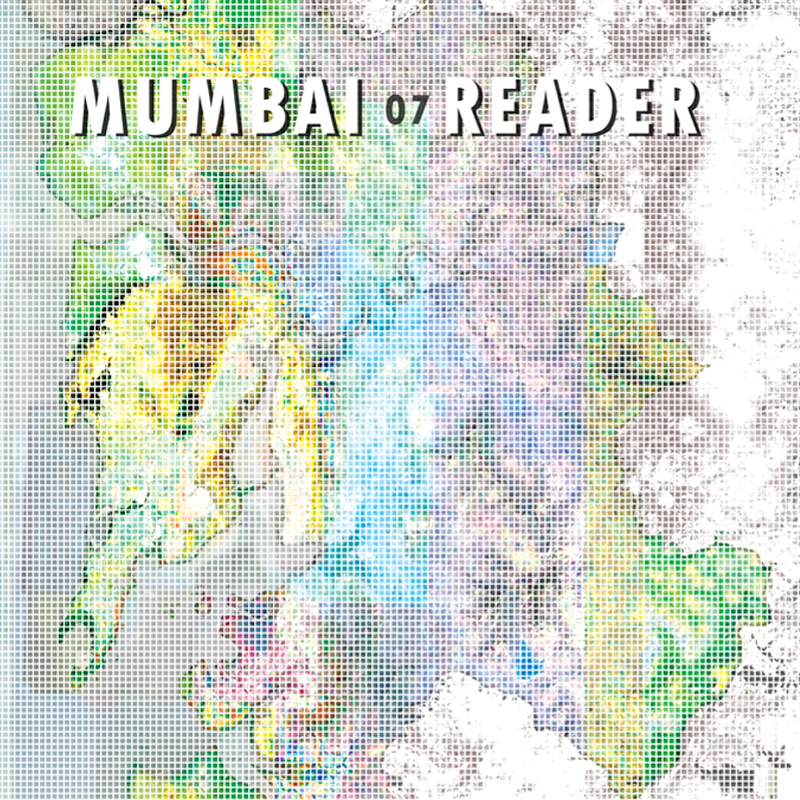
MUMBAI READER 2007
Mumbai Reader’07 is available for reference and purchase at UDRI Resource Centre.
PREFACE
Mumbai Reader is a project intended to be a research collective focusing on Urbanism and is aimed at addressing the lack of publications on Urbanism. The current literature on urbanism in India is predominantly characterised by gross generalisations that are supported by elite nostalgia and interest. While paradigms of research are set through the mainstream writings, they also create stereotypes in architectural and urban development practice – as both depend on each other and on the market.
We increasingly find ourselves trapped between the technocratic metropolis and its critique both formulated by perspectives emerging from the west. Moreover the city is changing so rapidly and in such unprecedented ways that in many ways western examples of development remain absurd and irrelevant to our context. Thus it is critical that we understand our context much more closely and in a much more nuanced as well as diverse way in order to intervene in it relevantly.
With this in mind, the Mumbai Reader aims at compiling the city from its ‘here and now’. Hence writings that are specific at enabling a contemporary understanding of the present context are a focus of this Reader. At the core of the Reader would be writings that enable alternative histories and new conceptualisations of the city that not only challenge the problematic mainstream histories and conceptualisations, but also provide an alternative theorisation of the existing complex contemporary contexts. Fresh readings of the city’s geographies, actors, projects, practices and policies are encouraged here through multiple lenses, points of views and boundaries of research.
The phenomenon of Mumbai today is ungraspable by a singular imagination. This city of 17 million people is home to multiple groups of people, all staking their claims in various ways on the city. This context gets played out through various mediated forms in the space of the metropolis. Historically from the colonial city as a hub of cotton manufacture and trade to a post-independence industrial and financial centre to the present day site, both of fierce competition for foreign direct investment and back end labour delivery, the city’s economy has changed in unimaginable ways. These changes get registered in the city’s landscape as simultaneously existing malls and multiplexes, slums, informal markets, luxury housing estates, resettlement homes, transit camps, public toilets and large scale infrastructure projects. While statistics show that Mumbai is growing at a rate of less than 1.5 % as compared to the national average of about 2.4%, the experiences of travelling in Mumbai’s trains have become even more intense. The sheer scale of the experience of this conflict in the city has never been as pronounced as it is today, simply because of the pace at which the city is changing. While economies and geographies change rapidly, city actors get torn between the dreams of the future and the nostalgia of the past and real fears of surviving the changes without getting erased from the city’s memories. The aim of the reader is to closely archive these changes in order to be able to reflect on them both in the present and in the future.
This work is licensed under a Creative Commons Attribution-NonCommercial-NoDerivatives 4.0 International License.
Attribution-NonCommercial-NoDerivs
CC BY-NC-ND
TABLE OF CONTENTS
- Introduction
- Letter to the Chief Minister
- How Big is Too Big Mumbai?
- The High Rise Hang-up
- Developing Land and Real Estate Markets
- Pirating Utopia: Mumbai at the End of the Planning Era
- UDRI Section
- MUTP – MUIP SEZ
- Audit Public Open Spaces in Mumbai
- Twin City: Navi Mumbai Thirty Years Later
- Cloud Spotting at Mahalakshmi
- The Lost Century
- Mill Land Public Interest Litigation
- Greedy Against the Greens: The Legal Battle
- Simple Pleasures
- Blitz’s Bombay
- No Man’s Land
- Housing Mumbai’s Poor
- Urban Layouts, Densities and the Quality of Urban Life
- Sealing Dharavi’s Fate
- Dharavi 2025
- Two (and a few other) Bombay Churches
- There’s Nothing August
- 26/7 and it’s Aftermath
- Article in the Hindustan Times
- Urban Geographies – Mapping Personal Histories
- Mumbai as a World Class City
- Ritual Pollution: Public Toilets and Questions of Citizenship
- Q2P
- The Impending Traffic and Environment Chaos
- The Metropolis and the Sleeper
- Under the Over: Life Below Mumbai’s Longest Flyover
- Urban Clutter: Signages Vs Hoarding
- Rethinking Heritage
- Waiting for Salt to Turn Gold
- Planning, Describing & Imagining, the Seaside Edge of Mumbai
- Mumbai’s Sea Change
- The Mission of Humane Architecture and Habitat
- Remaking Mumbai
